Understanding Soil Types and Their Impact on Foundation Footings
Building a strong foundation starts with understanding the soil beneath your feet. Different soil types can significantly impact the stability and longevity of your home's foundation footings. In this article, we’ll explore how soil types influence foundation design, dive into structural requirements, and share practical tips to ensure your foundation lasts for years.
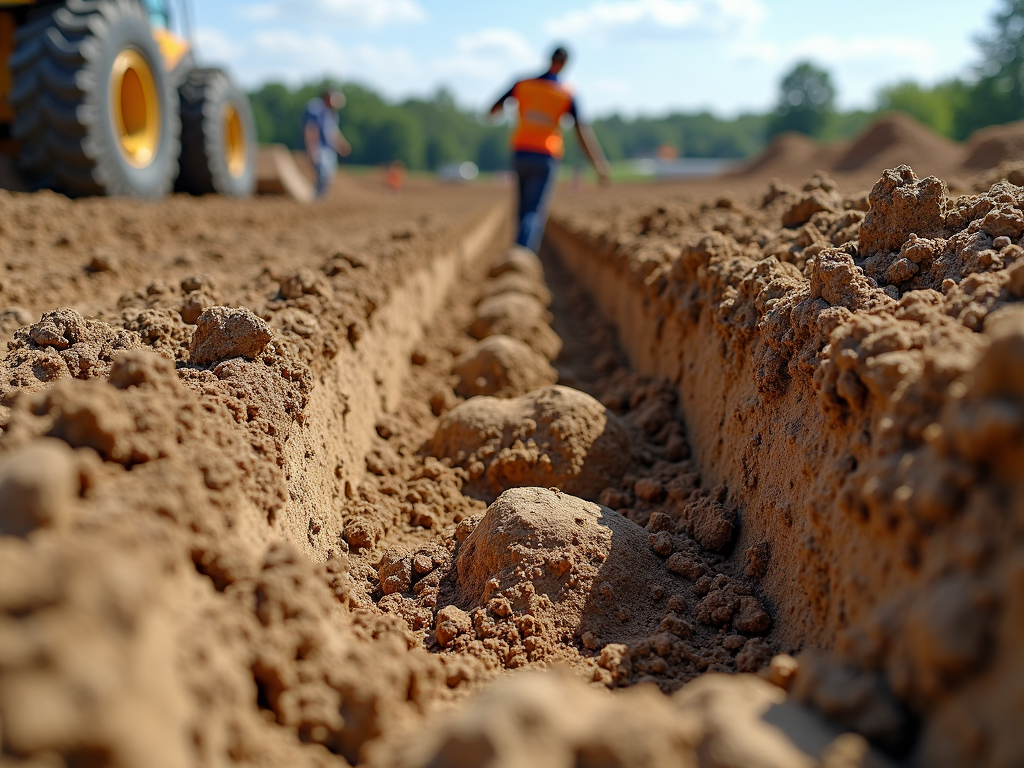
Have you ever noticed how some homes stand firm for decades while others develop cracks or start to sink? The secret often lies in the soil. Understanding soil types and their impact on foundation footings is key for anyone building or fixing up a home. Foundation footings are the base that holds up your house, and their design depends heavily on what’s underneath. Let’s dig into why soil matters so much.
Soil isn’t just dirt—it’s a mix of minerals, organic bits, and water that changes from place to place. Here are the most common soil types you’ll run into:
- Clay Soil: Fine particles that hold water well. It swells when wet and shrinks when dry, which can push or pull on footings.
- Sandy Soil: Big particles that let water drain fast. It’s loose and can shift, so footings may need extra support.
- Silt Soil: Medium particles that hold some water but erode easily. It needs careful planning to avoid settling.
- Loam Soil: A mix of sand, silt, and clay. It’s great for foundations because it drains well and stays firm.
- Rocky Soil: Super stable but tough to dig into. It might need special tools to set up footings.
Knowing your soil type helps you pick the right foundation plan.
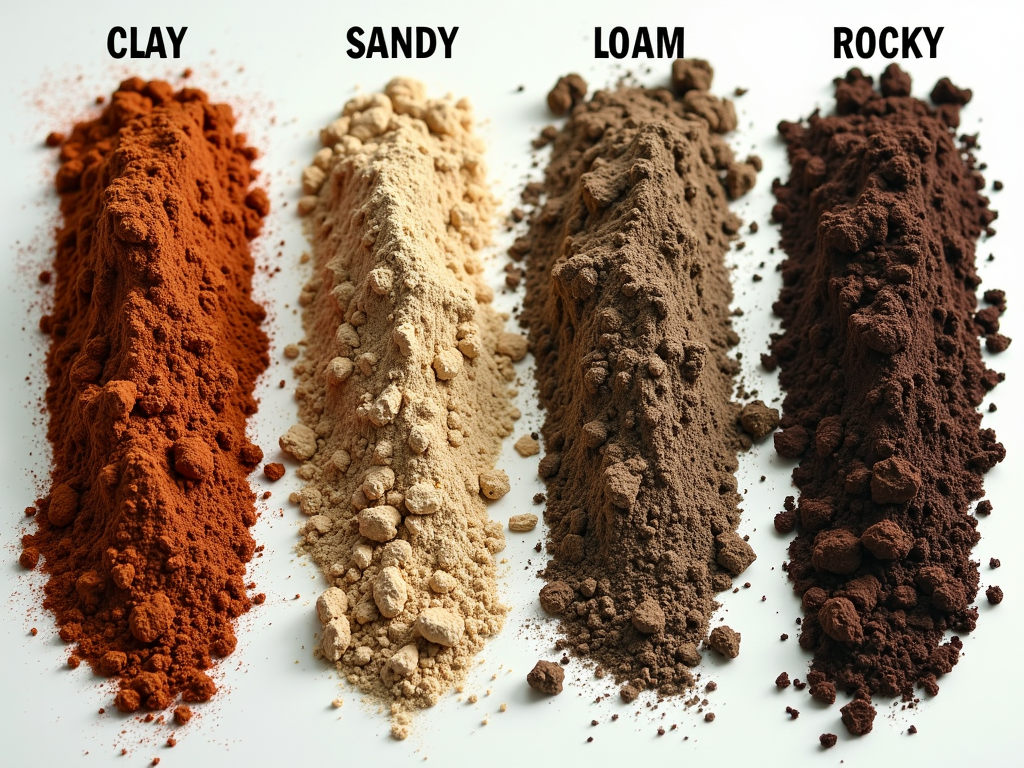
So, how do these soil types affect foundation footings? Each one brings its own challenges:
- Clay Soil: It expands and contracts, which can lift or sink your foundation. Deeper or reinforced footings often help.
- Sandy Soil: Loose and shifty, it requires wider footings to spread out the weight.
- Silt Soil: Prone to washing away, it needs footings set deep and good drainage to stay solid.
- Loam Soil: Usually works with standard footings, but you should still check its strength.
- Rocky Soil: Offers a strong base but can mean extra work—and cost—to dig out.
Matching your footings to your soil type is a smart move for a steady home.
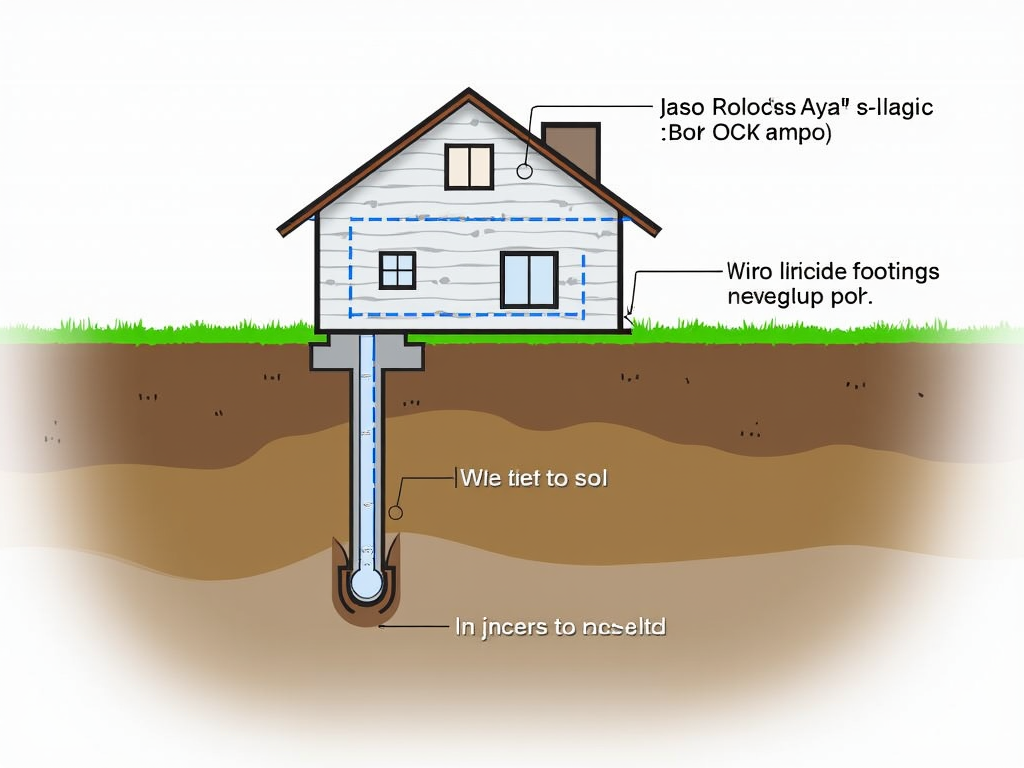
Let’s talk about structural requirements for foundation footings. These rules make sure your foundation can handle your home’s weight and whatever nature throws at it. Here’s what matters most:
- Load-Bearing Capacity: How much weight the soil can hold. Soil tests figure this out and set footing size.
- Frost Line: In cold areas, footings go below where the ground freezes to avoid shifting.
- Water Table: Too much water weakens soil. Drainage keeps it under control.
- Earthquakes: In shaky zones, footings need to flex and spread out the force.
Follow these, and your foundation will stay safe and strong. A good engineer can guide you through local rules.
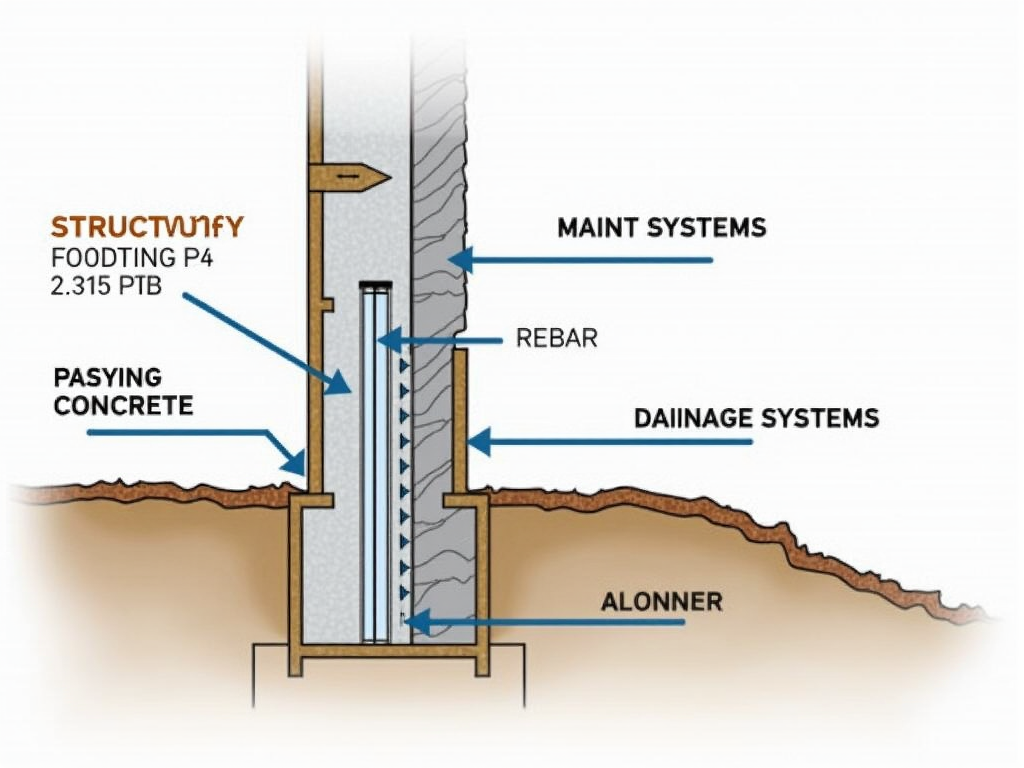
Ever heard of a slab foundation? It’s a flat concrete layer poured right on the ground, common in warm places. Here’s the rundown:
Pros: - Cheaper to build than raised foundations. - No crawl space means fewer bugs and less dampness. - Keeps your home’s temperature steady, saving energy.
Cons: - Pipes and wires are inside the slab—tough to fix if they break. - Moves more with soil, especially clay. - Cracks can show up, and big ones spell trouble.
Thinking about a slab? Check your soil first. In clay-heavy spots, extra steps like reinforcing the slab can prevent problems.
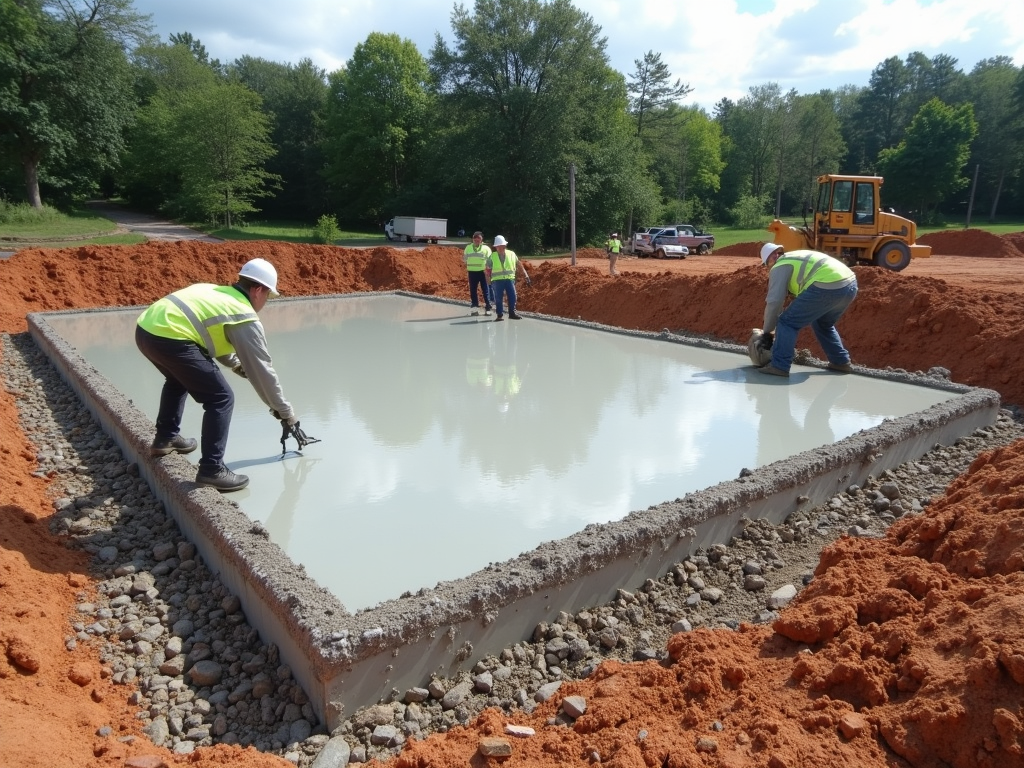
Now, let’s tackle footing calculation. Getting the size right keeps your home steady. Pros usually handle this, but here’s a simple version:
- Find the Load: Add up your home’s weight—walls, roof, furniture, people.
- Test the Soil: See how much weight it can take per square foot.
- Figure the Area: Divide the load by the soil’s strength to get the footing size.
- Set Dimensions: Pick a width and length that match the area—like 10 by 10 feet for 100 square feet.
- Check Depth: Go deep enough for stable soil and past the frost line.
- Add Strength: Use rebar if the soil or load needs it.
This is just the basics. An engineer will nail down the details for your build.
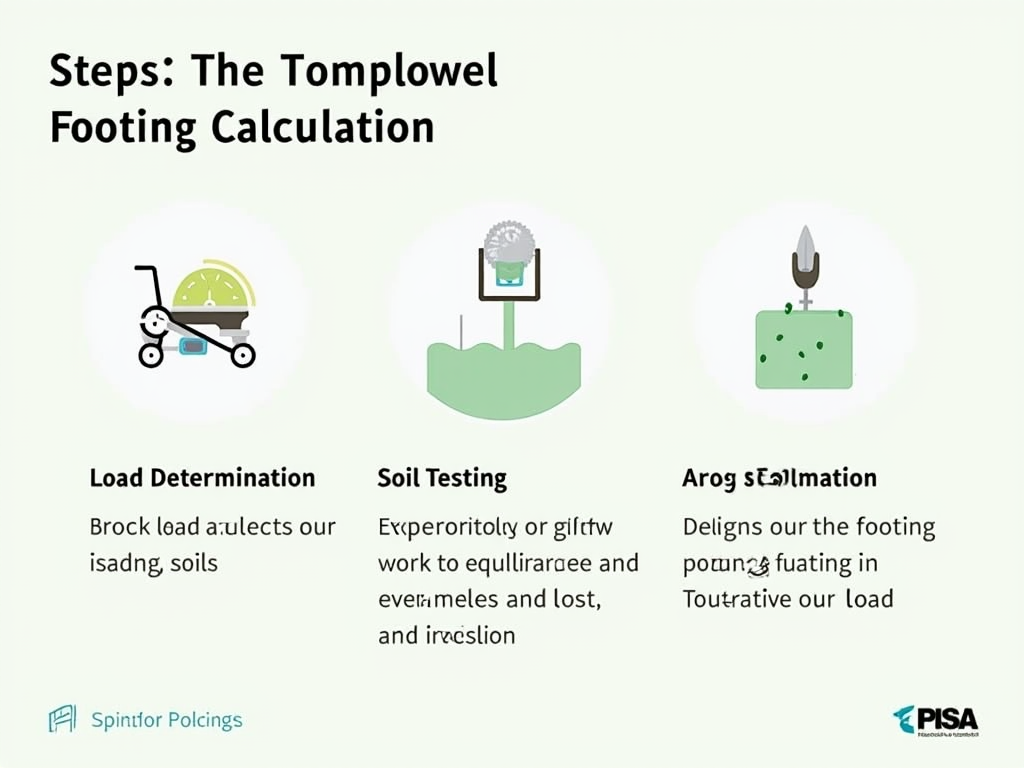
A solid foundation takes more than soil smarts and math. Try these tips to make it last:
- Pick a Good Contractor: Go with someone who’s done this before—experience counts.
- Test Your Soil: Don’t guess. Real data shapes a better foundation.
- Plan Drainage: Keep water away to avoid soil washout or pressure.
- Watch the Work: Check in often to spot issues early.
- Think Ahead: Skip big trees near the house—roots can mess with soil.
These steps have saved me headaches on past projects, and they’ll help you too.
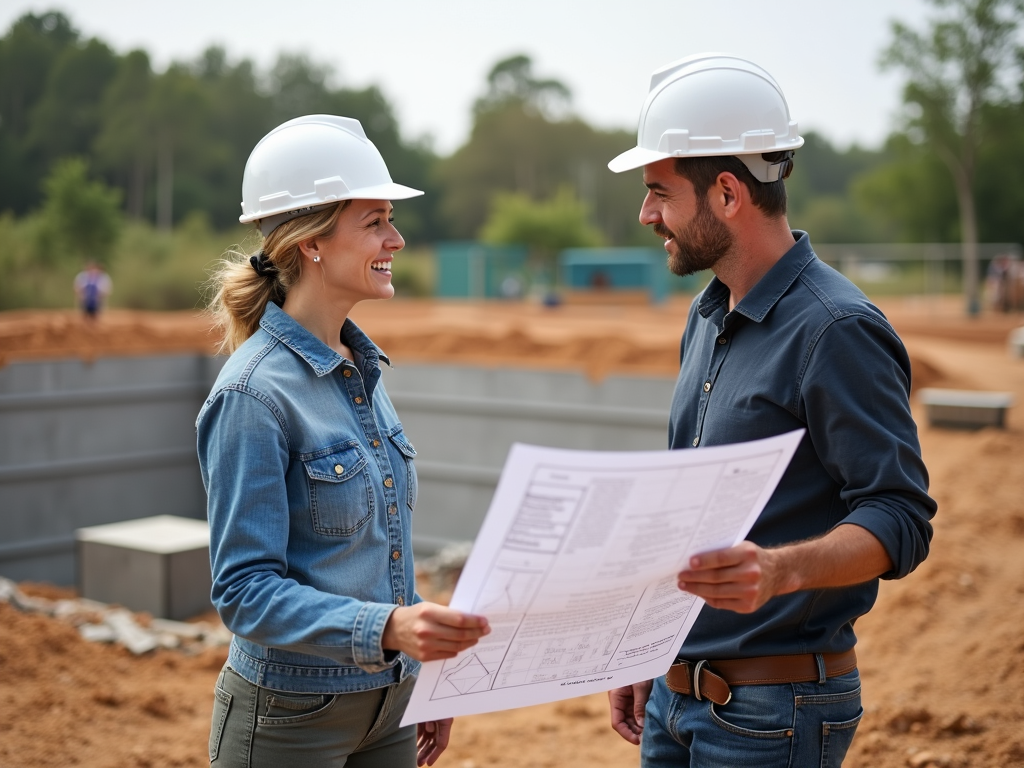
To wrap up, understanding soil types and their impact on foundation footings is your first step to a strong home. Knowing how soil shapes design, meeting structural needs, and nailing footing calculations all matter. Whether you go with a slab foundation or traditional footings, planning around your soil saves trouble later. A great foundation keeps your home safe and sound for the long haul.





